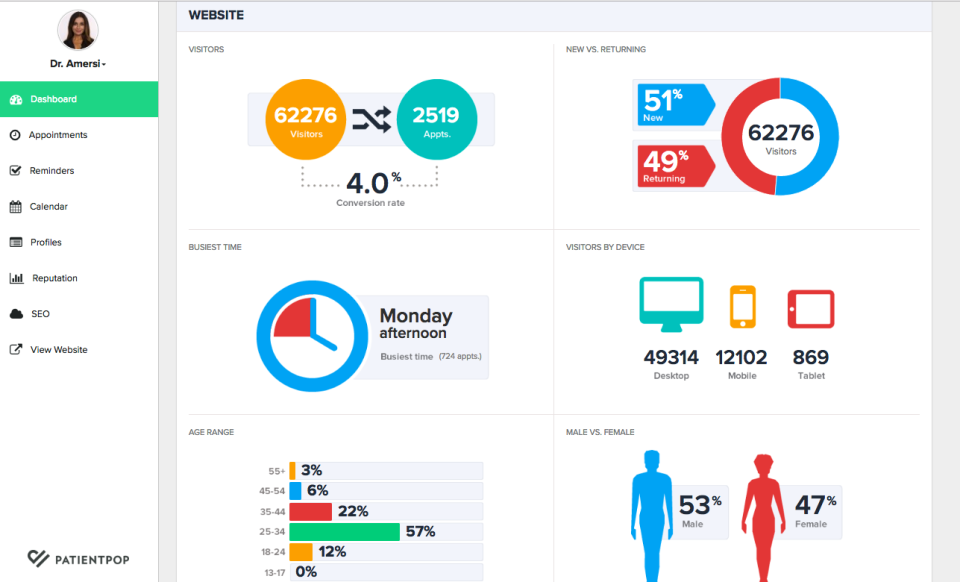While a remarkable level of technical innovation exists in the clinical world today, technology is seldom applied to solve business problems in healthcare. The contrast is striking: Clinicians can have augmented reality in the OR, intelligent closed-loop systems for diabetes patients, and data-collecting wearables, but still exchange information by fax.
This technology lag is more than just inconvenient. When patients arrive at an appointment before their chart does, or lab results aren’t shared in a timely fashion or are overlooked, patient health can be at risk. Despite the communication hurdles that exist between practices, providers can take firm control over their communication with patients. Today, technologies can strengthen the provider-patient connection, help practices meet evolving patient demands, and even attract new patients.
The key is meeting patients’ needs across the “patient journey,” like a high-performing marketing initiative. When this is well-executed, technology powers each patient communication touchpoint, from the first time a patient searches online for care.
Step 1: Patient searches online for care
According to a PatientPop survey, three of four people have looked online for information about a doctor, dentist, or care service. With that volume of prospective patients, providers need to offer accurate, actionable information on their website and across their web profiles (think Google My Business, Facebook, Vitals). Practices should also employ a comprehensive SEO strategy so patients searching for their services can easily find them.
Step 2: Patient assesses provider and practice
Once a patient finds a practice online, they will often look at patient reviews to determine whether they’d like to book an appointment, along with the practice’s branding, photos, hours, and location. Software Advice confirms that 72 percent of patients read reviews first when looking for a provider, so an online reputation management service is a critical technology here. It can help any practice stay on top of online sentiment, so they can react quickly to feedback, both positive and negative.
Step 3: Patient schedules an appointment
Today’s patients don’t just want convenience, they expect it. Once a practice gets a patient’s attention online, they should be offering online scheduling on the spot. Online scheduling, and click-to-call functionality for mobile users, satisfies patients (68 percent say online scheduling is a decision-making factor) and drives patient acquisition.
Step 4: Patient receives an appointment reminder
This is one of the most common requests from a 2018 patient “wish list” report, and can be a big winner for patients and practices when done well. Sending automated appointment reminders via text or email — and allowing patients to confirm — eliminates manual staff work, and cuts down no-show rates and late cancellations.
Step 5: Patient gets opportunity to share feedback
Far too many medical practices treat the end of an encounter as the end of the patient path. That’s shortsighted, and antithetical to good customer service and retention. Clinicians should expand contact beyond the visit by asking patients to share feedback, which they already do on Amazon or OpenTable, but not many providers ask: PatientPop data shows that one-third of medical practices receive reviews from fewer than one percent of their patients. By implementing convenient, automated patient satisfaction surveys, practices are more likely to receive valuable feedback, and see that feedback shared online as a review.
Step 6: Patient is properly alerted to next steps
Finally, practices should help patients maintain control over their care by sending them timely information, whether it’s a follow-up appointment prompt, lab result, or specific message six months after a well visit. In that wish list report, 57 percent of patients said they expect proactive communication like this. Providers have a variety of options to send their message, including text messaging and targeted email campaigns.
The demand for convenience and access has become the most important decision-making factor for patients, according to a recent NRC Health study. When a practice takes its cue from the clinical world and makes the most of technology to meet demands — with an entire practice growth solution covering all the bases — higher rates of patient acquisition, satisfaction, and retention are easily within reach.

